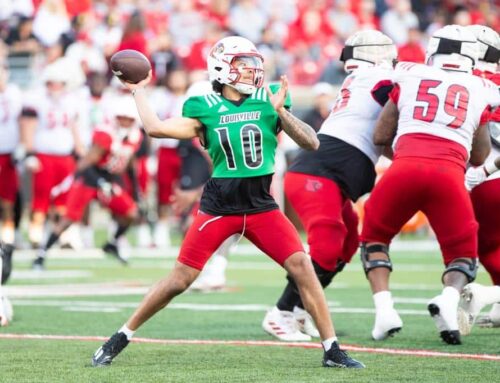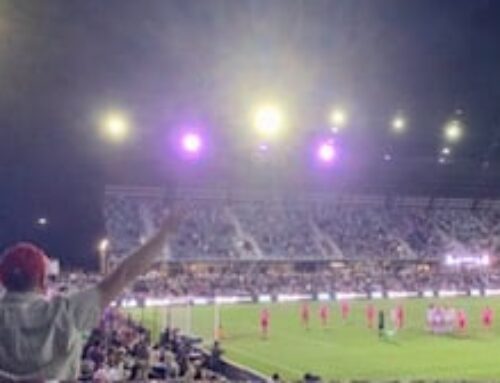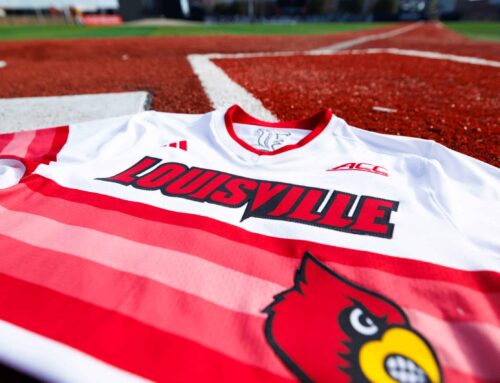By Val Servino–
Are you suspicious of the color yellow? Is Sydney Leroux the only Canadian you trust? Does Lady Gaga’s “Edge of Glory” bring you to the edge of catatonia? Do you know who Pia Sundhage and Jessica Landström are? Does a pinoe leap? If you answered yes to any of these questions, congratulations; you’re a women’s soccer fan.
It has been a rocky road for fans of the women’s game. The first American women’s soccer league, the Women’s United Soccer Association, WUSA, was established in 2000 after the US Women’s National Team won the World Cup, beating China on home soil at the Rose Bowl in Pasadena, California. The eight-team league folded in 2003, with losses of around 100 million dollars.
A new league known as as the Women’s Professional Soccer league, or WPS was formed in 2007, but did not play until 2009. This league was home to a total of 11 teams throughout its life. The league was suspended by the US Soccer Federation in January 2012 as it lacked the required eight teams in three different time zones that are required by all American professional soccer leagues. On May 18, the WPS officially announced the cessation of operations and the remaining six teams transferred to the WPSL Elite semi-pro league.
After winning silver in the 2011 Women’s World Cup and their third consecutive gold medal in the Olympic games, the US Women’s National Team has rocketed to stardom. Similar to the kick start of the WUSA after the 1999 World Cup, the US Soccer Federation and other international soccer shareholders have publicized the start of a new league. On November 21, US Soccer President Sunil Gulati announced that a new women’s soccer league will play in March 2013. The currently unnamed eight-team league will have teams in Boston, Chicago, Kansas City, Western New York, New Jersey, Portland, Seattle and Washington D.C.
The US Soccer Federation (USSF) has stated its intent to fund twenty-four national team players. Though realistically, it could be less than that if athletes decide to play overseas.
The Canadian Association will fund sixteen on a similar basis and the Mexican Federation claim a minimum of twelve. This opens up the possibility that any given team will have seven players with international experience on its roster.
“What we need is a sustainable model: less hype, better performance. The hype will come if we have the performance,” Gulati stated in a conference call “I think immediately you’re going to see one of the best leagues in world in the sense that you’ve got three teams that have qualified for World Cups, have qualified in the last World Cup, and, in the case of the US obviously, a multi-time medalist.”
The sustainability they are seeking is granted through collaboration with Major League Soccer, careful selection of league members, and the financial support of US Soccer.
USSF, in addition to supplying its international players’ salaries, will, according to Gulati, “absorb all of the costs of running the front office so there is no capital contributions needed to the normal functions of a normal front office of scheduling, promotions, websites.”
On the more personal side of this new development in the game are the players’ reactions. These women, having lived through the turmoil of an unstable league and the heartbreak of its eventual collapse, have been revitalized by the announcement of a new, professional league. Some athletes have been forced overseas by the lack of professional women’s soccer in the United States, whereas some wholly refuse to play in an American league for fear of financial and occupational insecurity.
When the Women’s Professional Soccer league folded, 32-year-old Abby Wambach, a forward on the US Women’s National Team, as well as former coach and player for the Boca Raton magicJack of the WPS tweeted, “The greatest accomplishments usually come after the biggest let downs. Never give up… #wps.”
As evidenced by these recent developments, athletes and fans have heeded the New York native’s advice. Tweets are now being sent out by players that read “woohoo. Big day for women’s soccer. #letsplay” and similar sentiments.
Players are also putting forth their thoughts on what it will take for the league to succeed, and in doing so, echoing the thoughts of many fans.
“With a promising new league, we need the best coaches to succeed,” wrote 34-year-old defender Heather Mitts.
ESPN analyst and former captain of the Mexican Women’s National Soccer Team Monica Gonzalez tweeted, “Best advice. To players: sell your league. To fans: buy tix/participate. To front office: latino market. To owners: thank you.”
[email protected]
Photo/Flickr: stevendepolo






